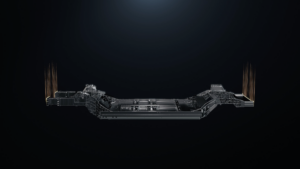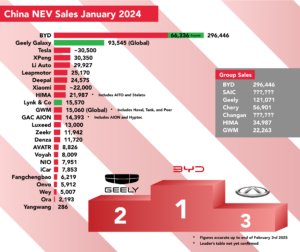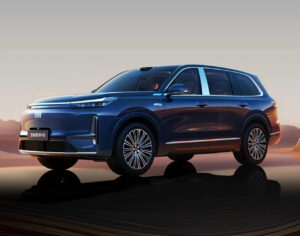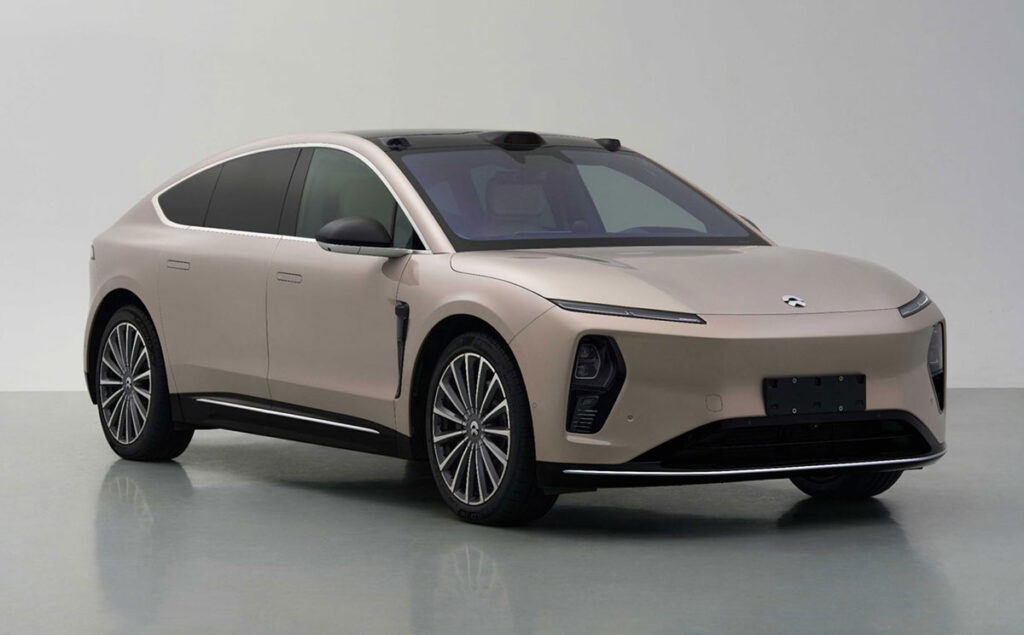
Every month, China’s Ministry of Industry and Information and Technology releases the filings of cars that have been approved for Chinese sales, often leaking models before the brands have launched them.
This October, we’ve got six new models to look at along with the information provided on each model, so let’s dive right in.
BYD Xia
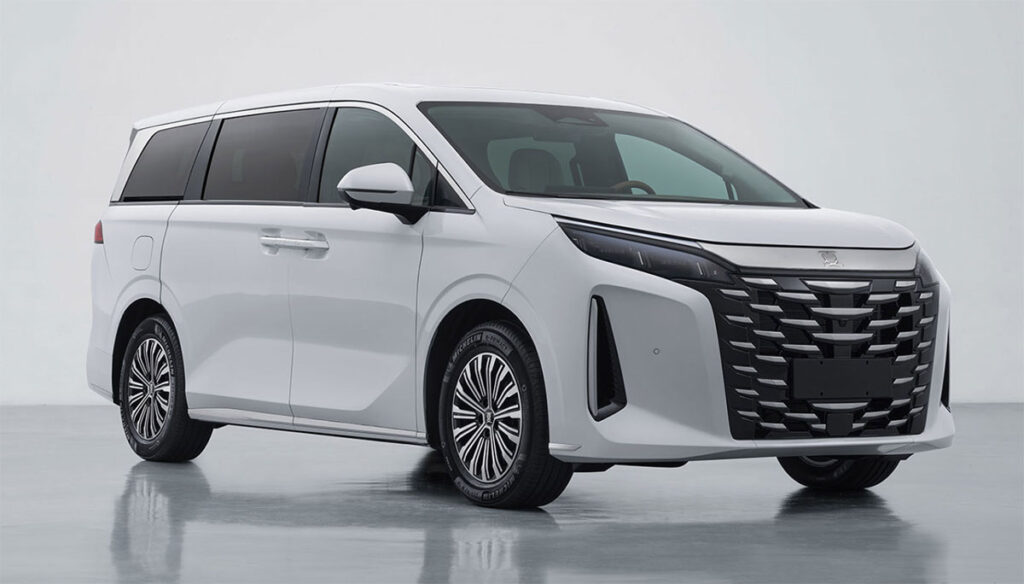
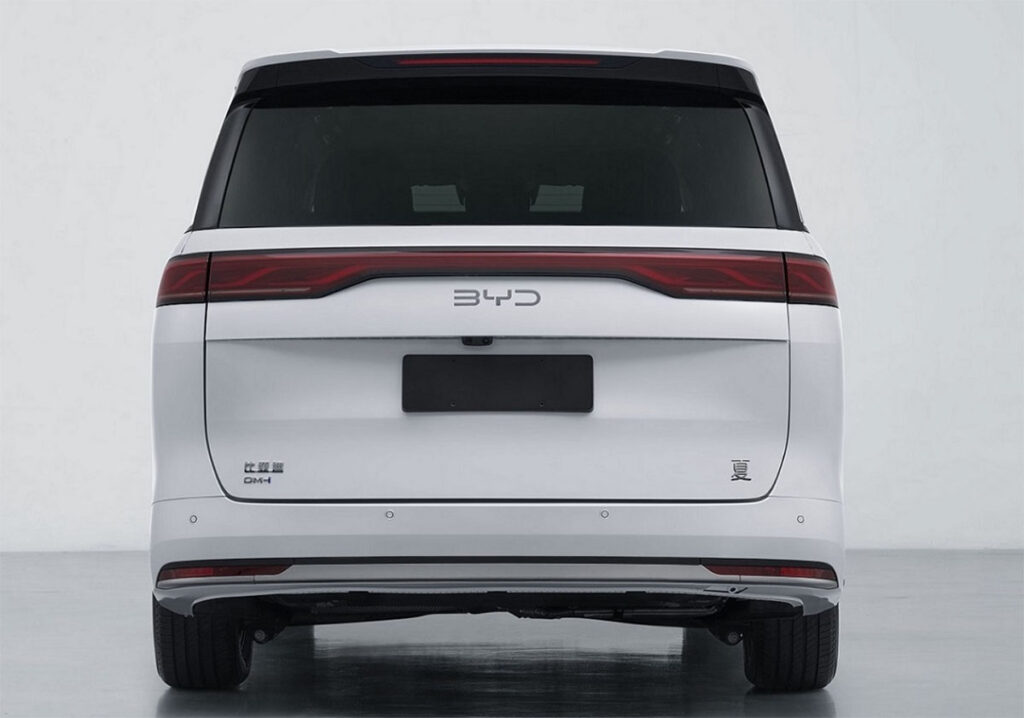
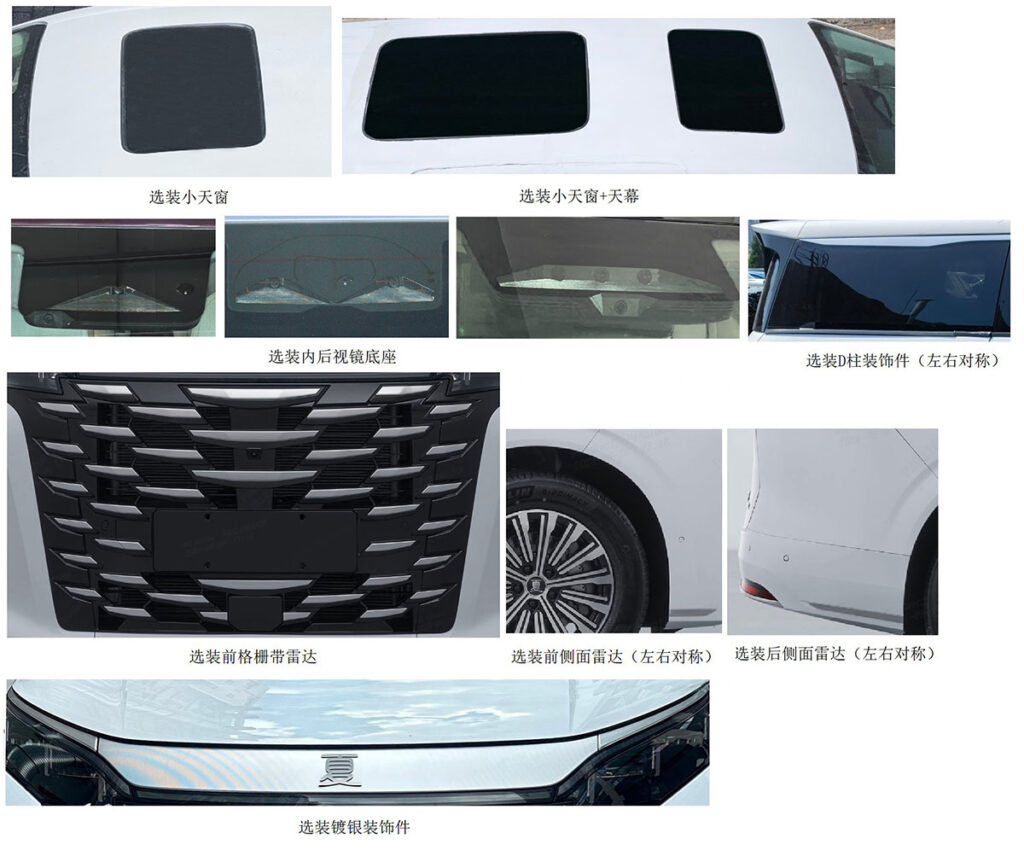
The BYD Xia MPV was lightly revealed during the Chengdu Auto Show in August and now we have further details of the brand’s second MPV which will join the Denza D9 and BYD e6 as MPVs in the BYD Group.
Named after the first recognised Chinese dynasty, the Xia features a typically large grille with horizontal chrome strips built in, and will use the DM-i plug-in hybrid tech to drive it.
This powertrain will twin a 1.5-litre petrol engine (115kW) together with an electric motor offering 200kW, though there’s no word on whether that motor will be front or rear-mounted.
It’s a big vehicle but not quite as large as the Denza D9 MPV, with a length of 5,145mm, width of 1,970mm, height of 1,805mm, and a wheelbase of 3,045mm. The pictures reveal a twin panoramic roof as well, much the same as that in the D9.
We know that the LFP blade battery will be made by BYD’s battery company, FinDreams, but there’s no information provided on range. The car itself will come in two versions, weighing 2,470kg and 2,650kg respectively.
Prices should start around 300,000 RMB when the Xia goes on sale later this year.
Denza N9
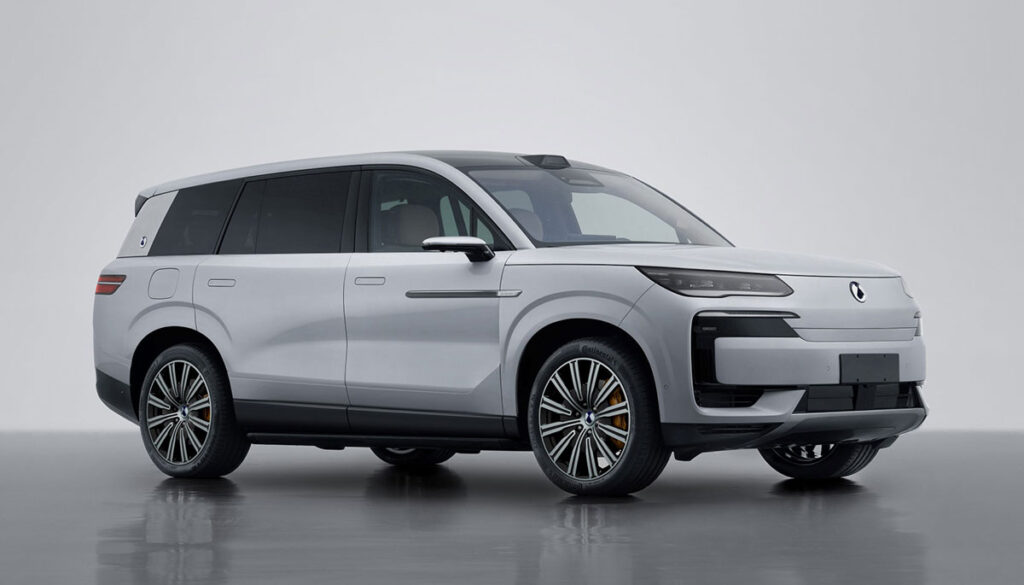
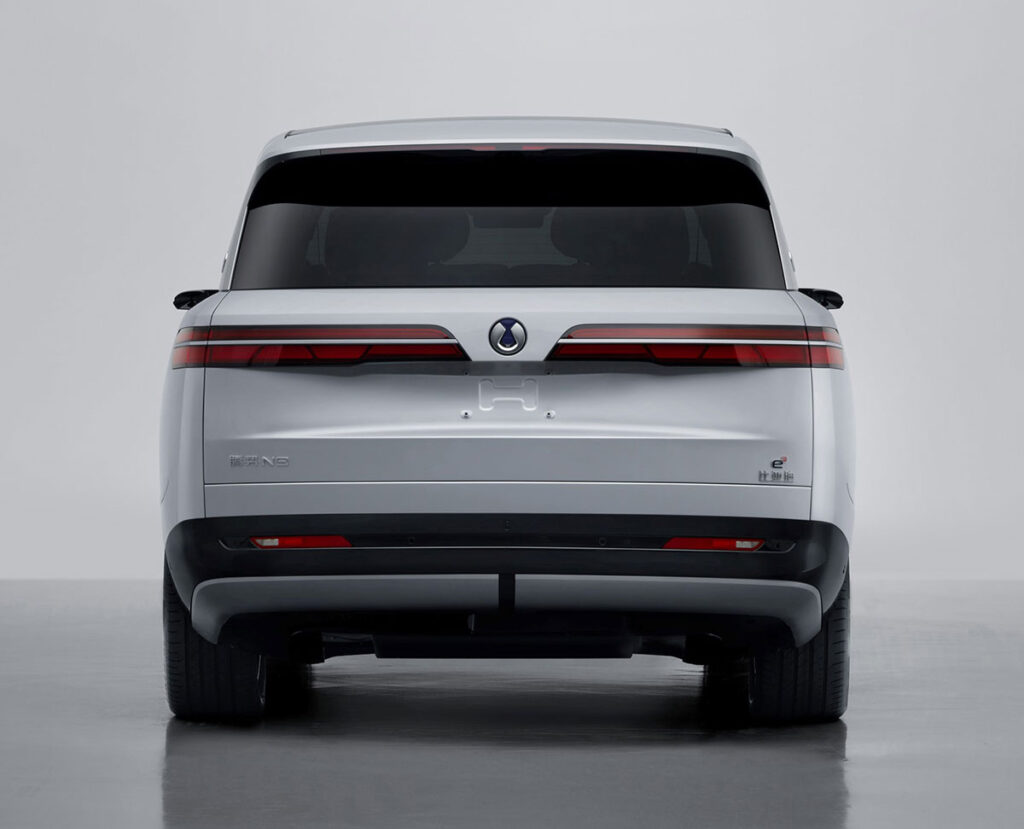
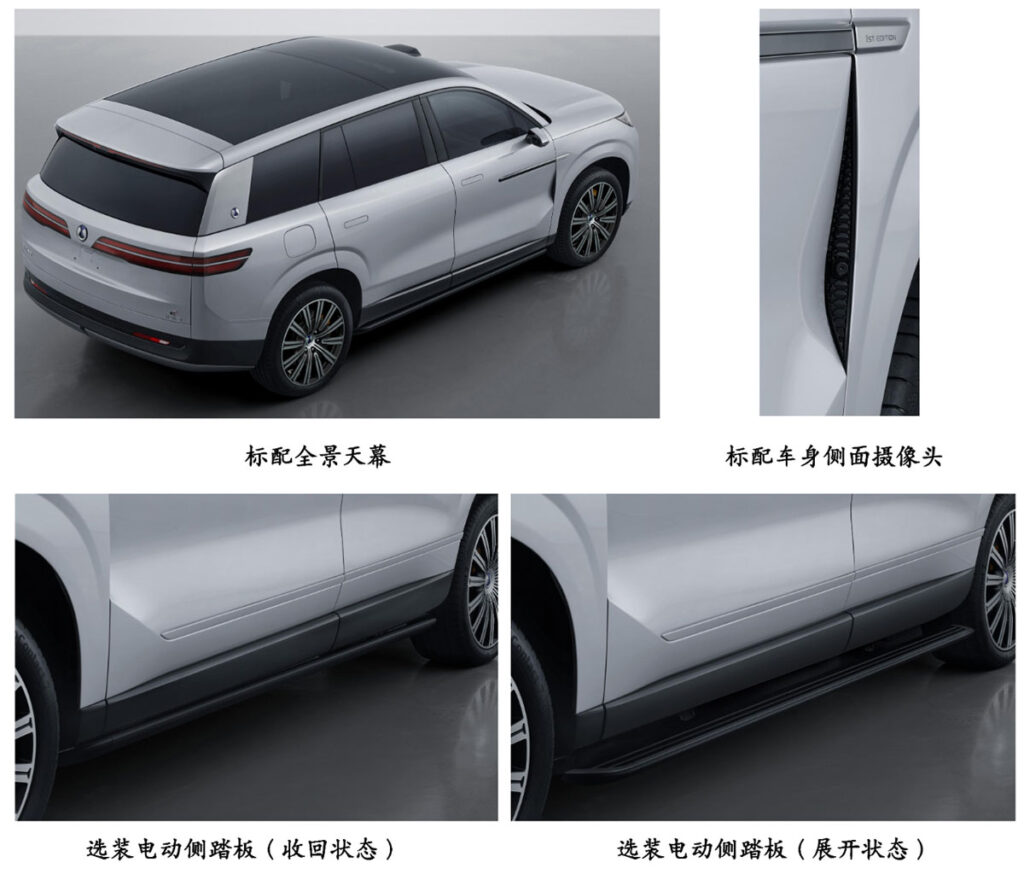
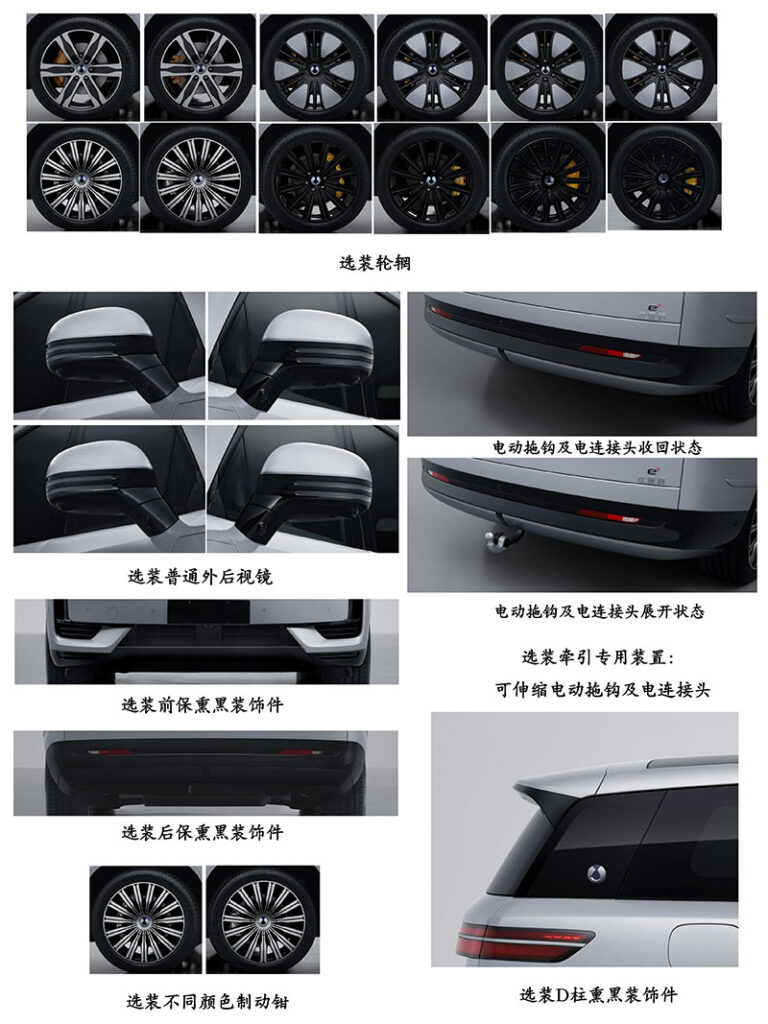
Denza’s rapid line-up expansion continues apace with the N9 large SUV, recently spotted testing in London, unveiled by MIIT.
The N9 is quite a beast, measuring a staggering 5,258mm in length, 2,030mm in width, 1,830 tall, and with a whopping wheelbase of 3,125mm.
Sporting BYD’s e3 triple motor set up, the same one seen on the Denza Z9, the N9 produces a monumental 680kW, or 911hp in old money. And it needs all that power, weighing in at a full three tonnes and more.
As well as the triple motors, it also features a 2.0-litre engine with a power output of 152kW, which can be used to support the drivetrain or charge the battery, the size of which hasn’t been revealed yet. It’s expected the N9 will come with rear-wheel steering too for added manoeuvrability in tight spaces.
Hongqi E009
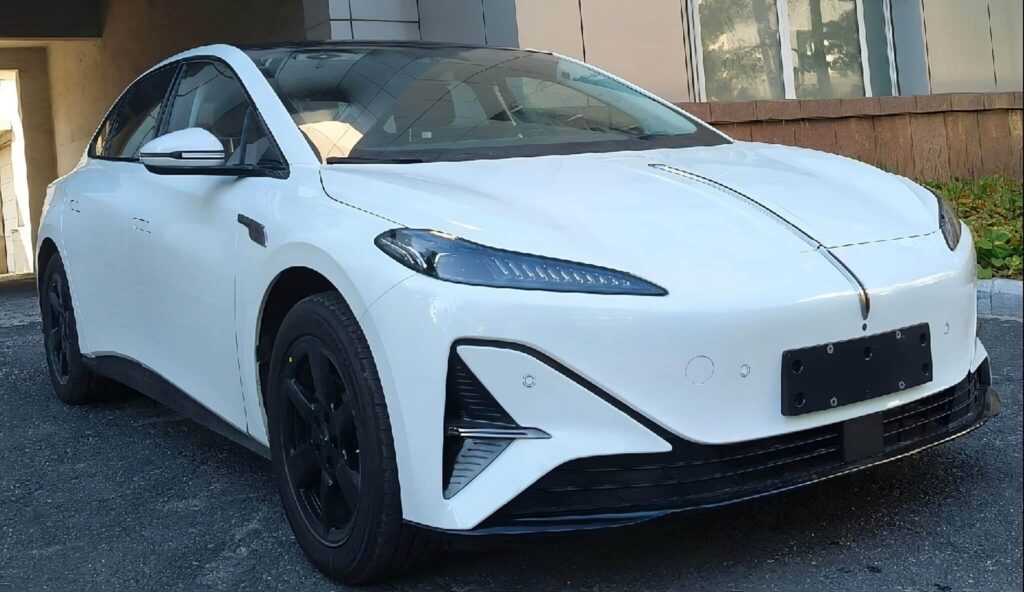
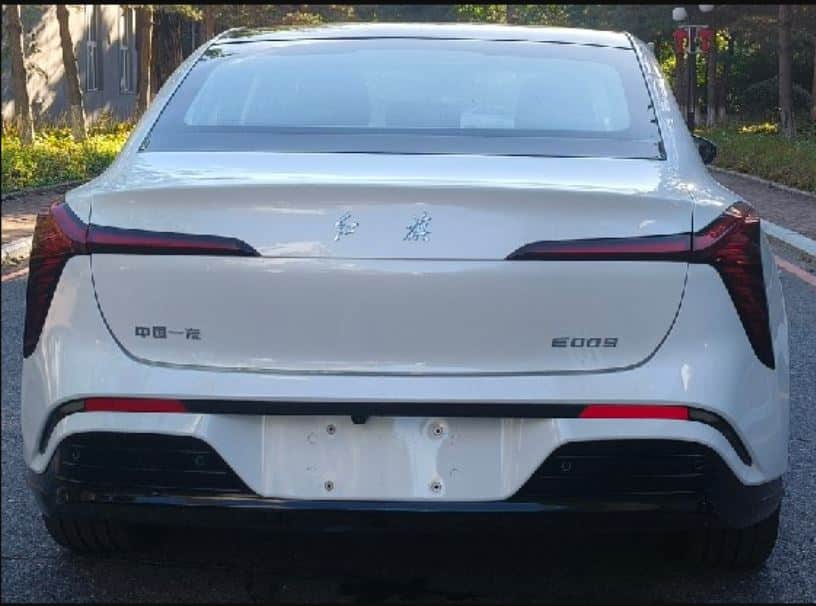
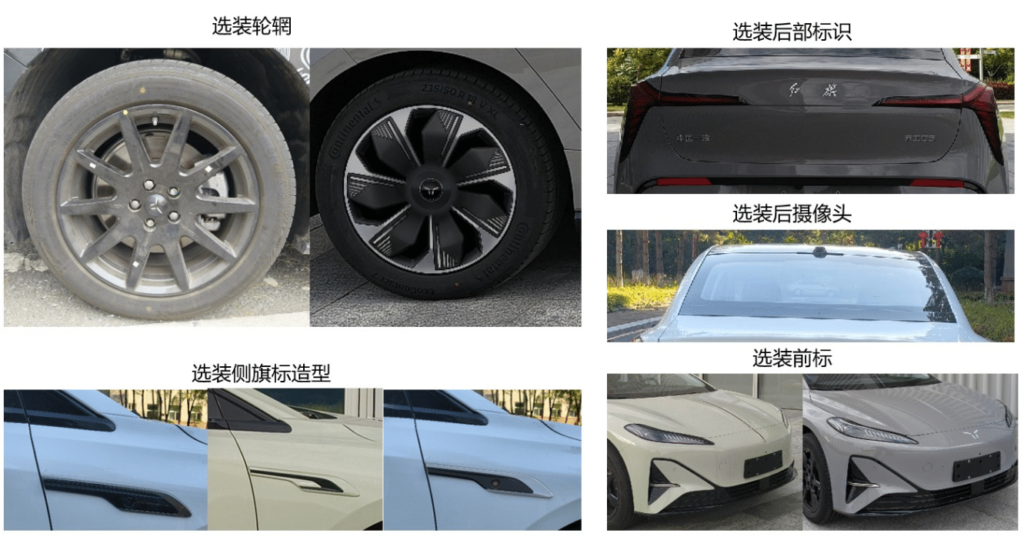
Hongqi’s steady expansion into the world of electric cars is starting to pick up and the next model to hit the market looks to be the E009.
Using similar design language to the E-QM5 and E007, the E009 looks fairly sleek with hints of Deepal in the front fascia design, and Hong’s traditional red light stripe down the bonnet.
With production expected to begin later this month, the E009 aims to support Hongqi’s large global sales ambitions, which foresees one million vehicles being sold annually and at least half of those being new energy vehicles.
The model is around the size of an Xpeng P7i, coming in at 4,820mm long, 1,915mm wide, 1,480mm tall, and sporting a decent 2,900mm wheelbase. At 2,340kg or 2,468kg in total weight, it’s not super light, but with a 210kW electric motor on the rear axle it should perform well enough.
There’s no information on the battery size but we do know it will use an LFP pack from CATL and will ride on Hongqi’s self-developed Tiangong Electric Platform.
Oshan 520
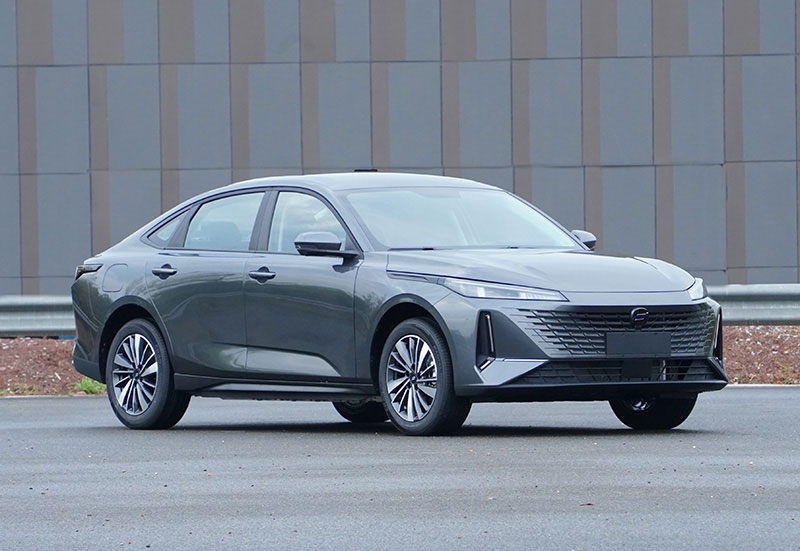
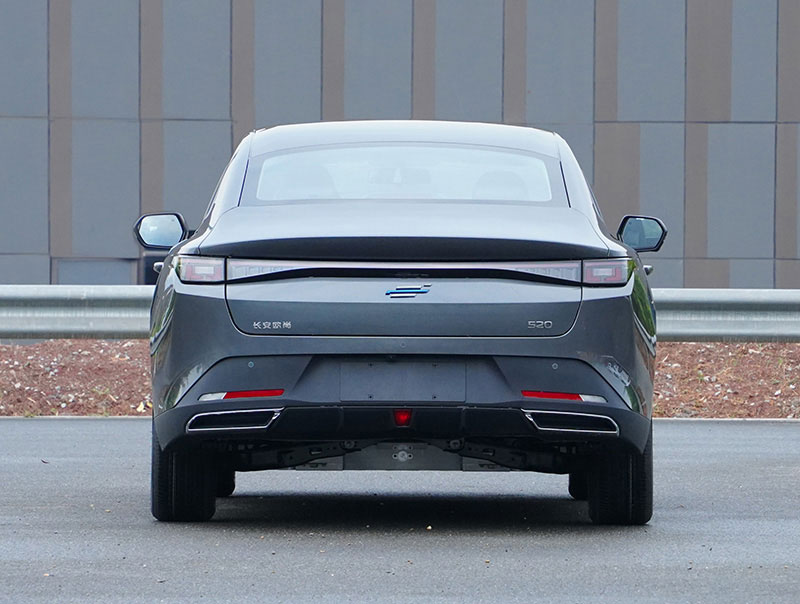
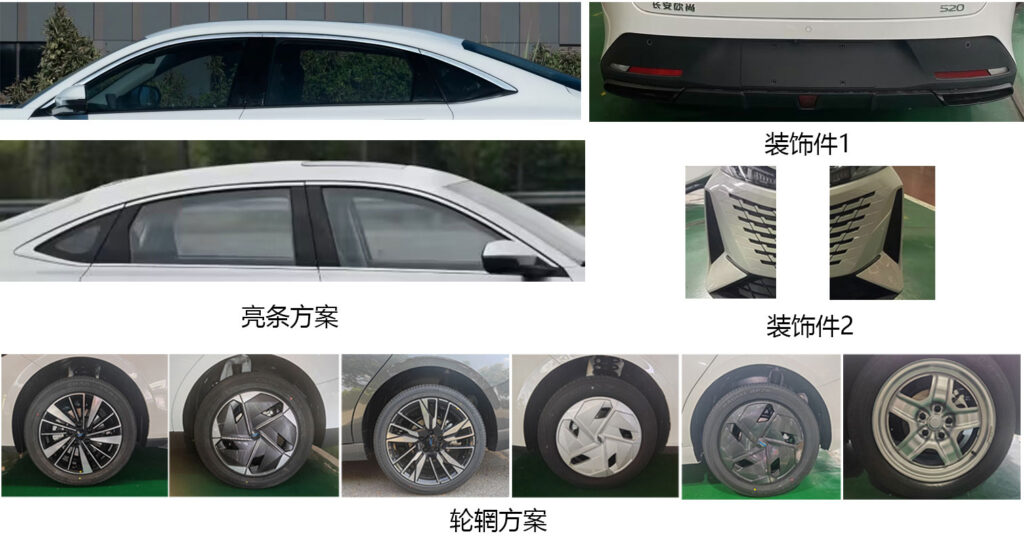
Our next car normally wouldn’t even garner a slight eyebrow raise, but there’s an interesting detail buried in this filing that makes it of far greater relevance: The 520 is a battery swapping electric car.
That’s right. This unassuming, otherwise fairly anonymous budget saloon, will use an LFP battery from the CATL and SAIC joint venture, United Auto Battery Company Limited, which suggests it could potentially use the limited battery swapping network of SAIC’s struggling mainstream plus brand, Rising.
Alternatively, it could use Nio’s battery-swapping network since parent company Changan was the first brand to enter a partnership on battery swapping with Nio in November of last year, but right now this is all speculation.
At 4,700mm long, 1,840mm wide, 1,470mm tall, and with a not particularly impressive wheelbase of 2,765mm, the 520 isn’t going to set the EV market alight on interior space, nor on power either.
With a single electric motor of just 105kW, the 520 really is aimed at the budget end of the car market and is likely to come in around 100,000RMB, if not a little less.
NIO ET9

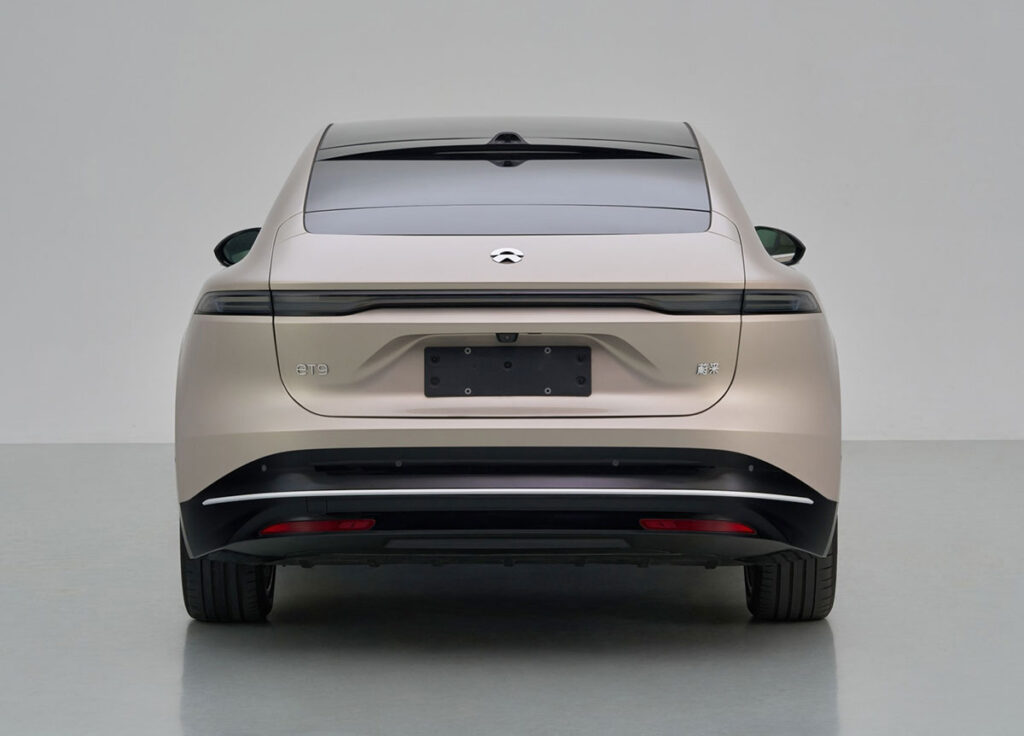
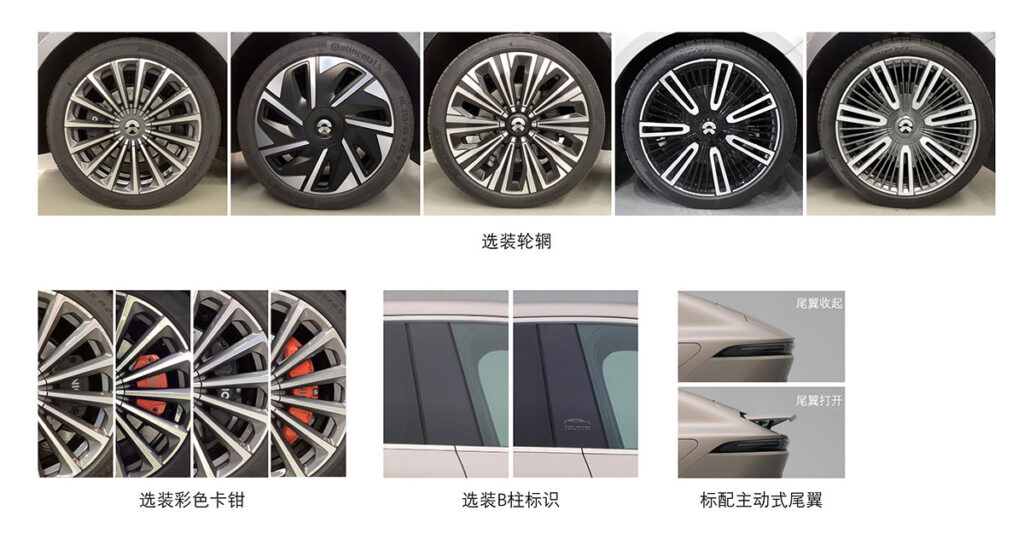
Nio’s not-so-secret push upmarket started with the ET7, which we reviewed here, but there’s a new flagship on the way which was first revealed at Nio Day 2023.
The MIIT filing for the ET9 shows a car that blends saloon, coupe, and elements of an SUV all in one, and appears to take on a slightly sharper look than other Nios.
We said in our ET7 video that the ET9 could have the ability to take on the Mercedes-Maybach and its size suggests Nio is going straight at the long-time standard-bearer of luxury saloons. It’ll measure a whole 5,325 mm in length, 2,017 mm in width, and 1,621 mm in height, and has an impressive wheelbase of 3,250mm.
With dual motors, a front motor of 180kW and a rear motor of 340kW, the ET9 looks set to produce 520kW, or the best part of 700hp, and is expected to use a 120kWh LFP battery from CATL, or at least a battery developed together with CATL, since Nio originally stated the ET9 will use their own 46105 large cylindrical battery cells. Either way, it will of course be capable of battery swapping.
It’ll also be the first Nio to implement real high-speed charging, with the 925-volt platform making 5C charging possible. It’ll be capable of adding 255 kilometres of range with a five minute charge on Nio’s 640kWh charging piles.
It’s not cheap, the pre-sale price making the ET9 an 800,000 RMB car, but with technology such as the SkyRide intelligent chassis system, a hydraulic fully active suspension in the same vein as that shown by Bose almost 30 years ago, as well as Nio’s own 5nm process-based Shenji autonomous driving chip, and the usual four NVIDIA Orin-X chips, it seems to be worth it.
Wuling Zhiguang Kei Car
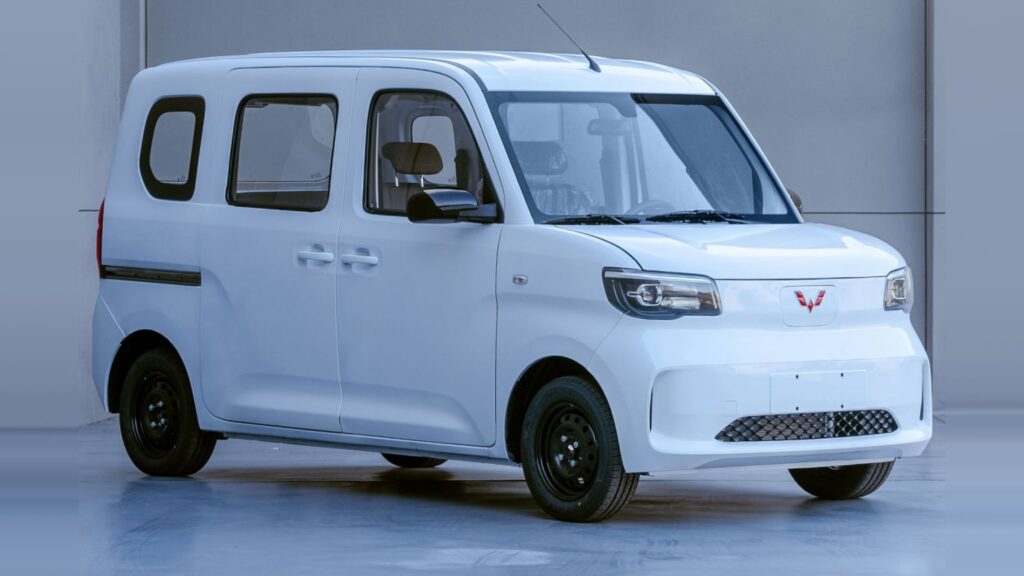
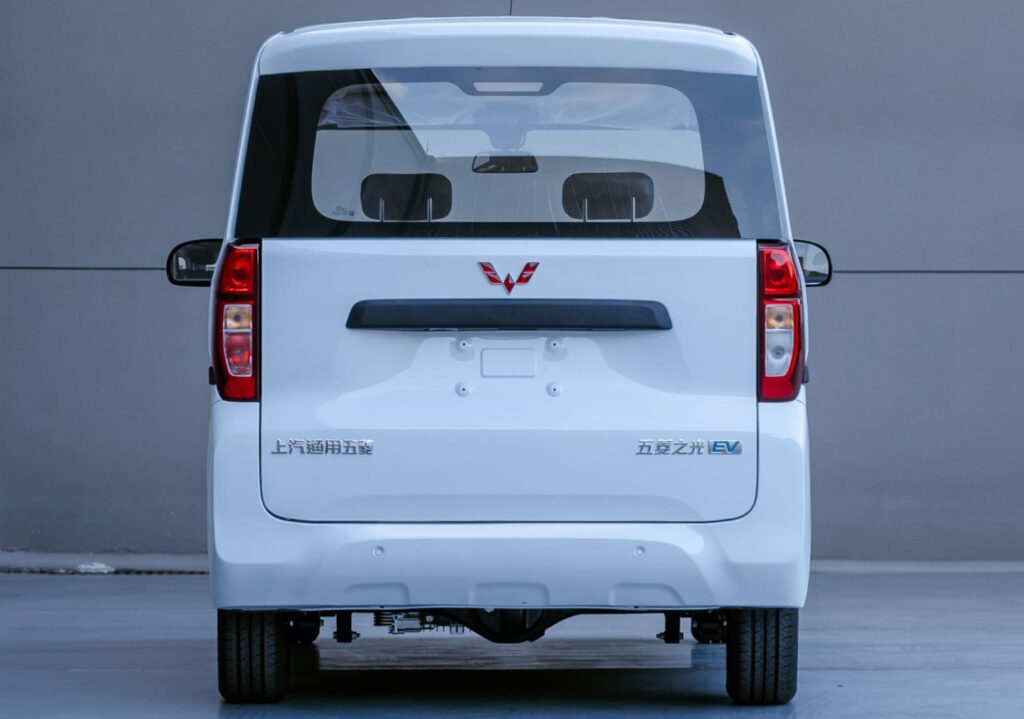
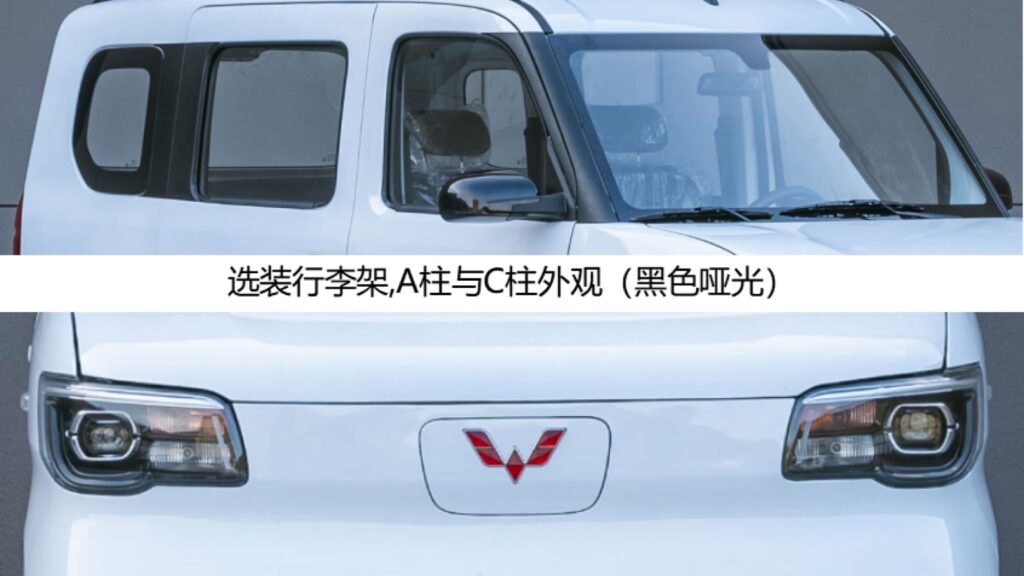
Finally, something a little more entertaining, the Wuling Zhiguang EV, which is being talked about as a Chinese kei car despite not fitting the all-important rules on dimensions.
At 3,685mm in length and 1,530mm in width, the Zhiguang EV is 28.5cm longer than a kei car can be, and marginally wider. That said, a 2,600mm wheelbase on a car of this length is quite an achievement, and should help make the tiny car be both spacious for passengers and potentially for cargo too.
It features the same 30kW motor as the Hongguang Mini, plenty enough for a car/van that weighs just 892kg, and rides on 13-inch steel wheels. This makes it even lighter than the now defunct smart fortwo EV, though the Zhiguang will seat as many as four, which sounds like a challenge waiting to be broken.

